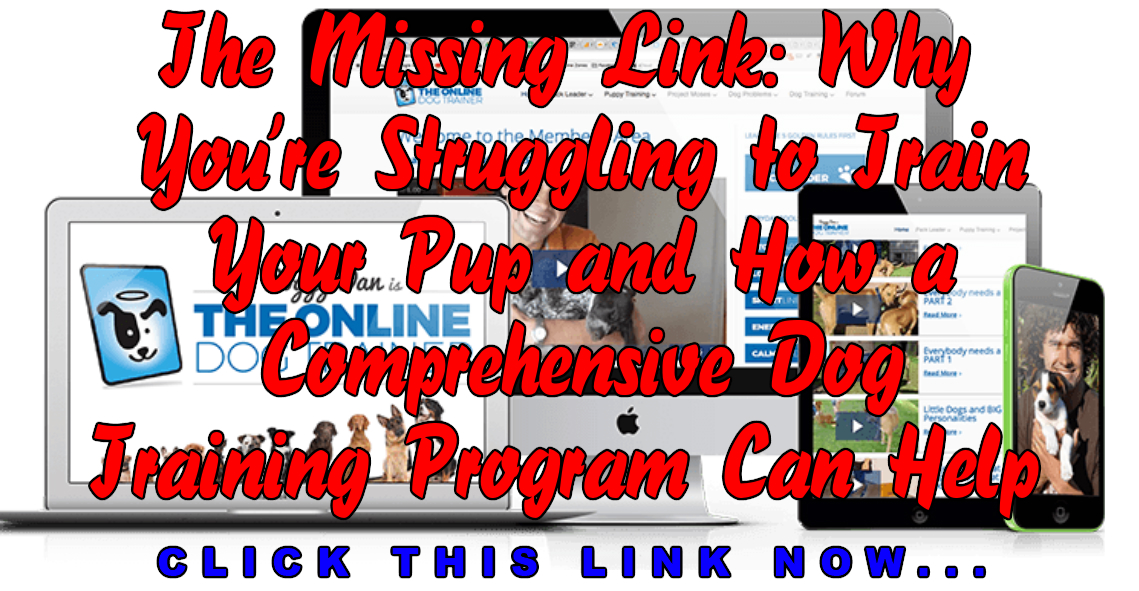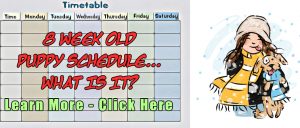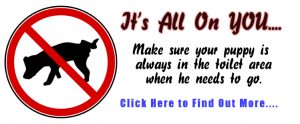How to Potty Train a Puppy
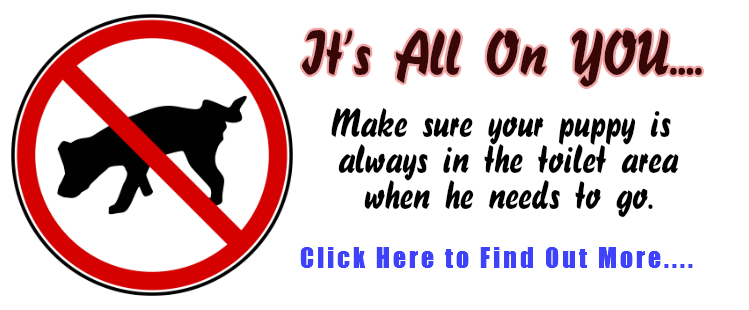 To potty train your puppy, start by setting a consistent schedule. Take them outside every two hours, especially after waking, playing, or eating. Puppies can hold their bladder one hour for every month of age, so watch for their cues. Choose a specific spot outside and always use the same verbal cue during elimination. Reward them immediately after they go outside to reinforce the behavior. Implement a regular feeding routine to predict potty times better and adjust their water intake before bedtime to help with overnight control. Following these steps consistently will build a strong foundation, and there’s more to uncover to ensure success.
To potty train your puppy, start by setting a consistent schedule. Take them outside every two hours, especially after waking, playing, or eating. Puppies can hold their bladder one hour for every month of age, so watch for their cues. Choose a specific spot outside and always use the same verbal cue during elimination. Reward them immediately after they go outside to reinforce the behavior. Implement a regular feeding routine to predict potty times better and adjust their water intake before bedtime to help with overnight control. Following these steps consistently will build a strong foundation, and there’s more to uncover to ensure success.
ESTABLISH A ROUTINE
Setting up a consistent schedule is crucial for successfully potty training your puppy, as it helps them understand the right times for eating, playing, and going to the bathroom. Puppies thrive on routine, and by establishing a regular schedule, you’re teaching them the foundational behaviors that will last a lifetime. Remember, a puppy can typically hold their bladder for one hour for every month of age. So, if your puppy is 2 months old, they can hold it for about two hours. It’s important not to stretch beyond this time to avoid accidents.
To start, monitor your puppy’s daily events and habits closely. This includes noting the times they eat, sleep, and play. Following these activities, puppies often need to relieve themselves, so it’s wise to take them outside promptly. Your puppy’s diet plays a significant role in their potty training success. Controlling what and when they eat helps regulate their elimination. Feed your puppy at the same times every day to create a predictable bathroom schedule.
Incorporate a specific word or phrase that you consistently use to encourage them to eliminate. This verbal cue becomes associated with the act of going to the bathroom, making it easier for your puppy to understand what’s expected. Rewarding them immediately after they’ve successfully eliminated outdoors reinforces the behavior, making them more likely to repeat it.
Take your puppy outside frequently
To effectively potty train your puppy, it’s crucial to take them outside frequently, at least every two hours, ensuring they have ample opportunities to eliminate in the appropriate setting. This frequent outing is not just a routine; it’s a foundational strategy that aligns with their natural bodily rhythms and helps prevent accidents inside your home. Remember, puppies have limited bladder control, and this control increases by approximately one hour for each month of age. Therefore, a two-month-old puppy might only hold it for about two hours, making these regular outdoor trips essential.
In addition to the every-two-hour rule, there are pivotal moments throughout the day when taking your puppy outside is particularly important. Right after they wake up, puppies often need to relieve themselves almost immediately. This moment is crucial because it sets the tone for a successful day of potty training. Similarly, after playing and eating or drinking, your puppy’s body naturally stimulates the need to eliminate. Recognizing and responding to these times by promptly taking your puppy out will significantly reduce the likelihood of indoor accidents.
It’s also helpful to be observant of your puppy’s behavior. They might start to show certain signs when they need to go—sniffing, circling, or whining. Identifying these cues and acting on them quickly by taking your puppy outside reinforces the idea that there is a designated place for elimination. Consistently following this practice not only aids in faster housetraining but also strengthens the bond between you and your puppy as they learn to trust you to meet their needs.
Pick a bathroom spot outside
After establishing the habit of taking your puppy out frequently, it’s important to choose a specific bathroom spot outside where they can comfortably and consistently eliminate. This spot should be easily accessible and preferably quiet to help your puppy concentrate on the task at hand. It’s also wise to pick a location that isn’t too far from your door, as puppies often need to go urgently, especially when they’re younger.
When you’ve chosen the spot, consistently take your puppy there on a leash every time they need to go. This consistency helps your puppy associate this particular area with bathroom breaks. Make sure it’s a leash-led journey; it reinforces the idea that this is a trip with a purpose, not playtime. The outside world is full of distractions, and a leash helps keep your puppy focused on why they’re there.
While your puppy is doing their business, softly say a specific word or phrase. Choose something you’ll remember and feel comfortable repeating in public. This verbal cue will eventually remind your puppy of what they’re supposed to do when they hear it, even before they’re outside.
Reward your puppy every time they eliminate outdoors
Immediately rewarding your puppy with praise or treats as soon as they finish eliminating outdoors is crucial for reinforcing this positive behavior. It’s essential to understand that the timing of the reward is just as important as the reward itself. By offering a treat or verbal praise immediately after your puppy has finished, not before or when they come back inside, you’re clearly communicating that the action of eliminating outdoors is what’s earning them the reward. This direct association helps your puppy understand exactly what behavior you’re praising.
Be sure your puppy is completely done before you start the celebration. Puppies can be easily distracted, and premature praise might lead to them not fully completing their business. Once you’re sure they’re finished, offer a high-value treat or enthusiastic praise right away. This practice reinforces their good behavior and encourages them to repeat it.
Choosing the right reward is also important. High-value treats, those your puppy finds especially appealing, can be more effective for this type of training. Keep these treats handy whenever you’re taking your puppy outside for a potty break. Alternatively, if your puppy is more motivated by affection or play, a quick cuddle or a short play session can also serve as a powerful reward.
Put your puppy on a regular feeding schedule
While rewarding your puppy for outdoor elimination aligns their behavior with your expectations, establishing a regular feeding schedule is equally important for predictable potty times. Implementing a consistent feeding routine helps you anticipate when your puppy will need to go outside, making the house training process smoother for both of you.
Puppies, depending on their age, generally require meals two to three times a day. Setting these feeding times at the same intervals daily will synchronize your puppy’s elimination schedule. This consistency means you can better plan outdoor potty breaks around these predictable times. It’s vital to adjust the feeding schedule according to your puppy’s growth and activity level, ensuring they receive the right amount of food and nutrition without overfeeding.
An evidence-based approach to this process involves observing your puppy’s elimination habits after meals. Typically, puppies will need to relieve themselves shortly after eating. By monitoring these patterns, you can fine-tune the timing of potty breaks to align with your puppy’s natural needs.
Additionally, feeding your puppy high-quality food that’s appropriate for their breed and size can aid in regulating their digestive system, further stabilizing their potty schedule. Avoid giving your puppy scraps or foods that can disrupt their digestion, as this can lead to unpredictable elimination habits.
Pick up your puppy’s water dish
To minimize nighttime interruptions and ensure your puppy can sleep through the night, it’s advisable to pick up their water dish about two and a half hours before bedtime. This strategy is grounded in the understanding that most puppies can hold their bladder for approximately seven hours without needing a bathroom break. By limiting access to water before bed, you’re reducing the likelihood that your puppy will wake you up in the middle of the night needing to go outside.
It’s important to balance your puppy’s hydration needs throughout the day. Ensure they have ample access to water during waking hours, especially after playtime, meals, and any outdoor activities. This approach helps to establish a healthy drinking schedule that aligns with their potty training routine.
If your puppy does wake you up in the night to go out, remember to keep the interaction as low-key as possible. Avoid turning on bright lights, engaging in play, or speaking in an excited tone. These actions can signal to your puppy that nighttime awakenings are a time for activity, rather than for quick bathroom breaks and returning to sleep. Instead, quietly take them to their designated potty area, and then lead them straight back to bed.
This method of managing your puppy’s water intake before bedtime is a practical step in potty training. It not only aids in establishing a consistent nighttime routine but also supports your puppy in developing bladder control, making the housetraining process smoother for both of you.
So What Do You Do Now?
In conclusion, successfully potty training your puppy hinges on consistency and patience. Establish a routine, taking them out frequently to their designated spot and rewarding them for success. Stick to a feeding schedule and limit water intake before bedtime to prevent accidents. Remember, each puppy is unique, so adapt as needed. Mistakes are part of the learning curve—respond calmly and keep moving forward. With time and dedication, your puppy will master this essential skill, building a foundation for a happy, healthy life together.
Calm Your Dog With Relaxing Puppy Music
Music and puppies can be a therapeutic, positive combination. Soothing music help to cover scary noises like fireworks and thunder. Even recent studies show that playing relaxing puppy music can help reduce stress in puppies, especially when they are in animal shelter homes.
Turning on some good music relieves them from their pain.
This kind of music can help your puppy to bark less, lower the stress hormone level cortisol, and lower respiratory rates. There is no question that music therapy is used nowadays as a remedy for anxiety and combat sleeping disorders. Also, the same technique is used for your puppy.
Do Puppies Like Music?
Puppies like music, but the type makes the difference. Music with fast tempos and high frequency charge the canine nervous system in dogs. In short, music that helps your puppy to relax is the best choice. And, it is seen that they love the kind of music their owners tend to listen to most.

When Should YOU Play Relaxing Music?
There are some situations when your puppy can benefit from listening to soothing music. Those situations include the following.
- During the period when you bring the puppy for the first time in your house
- Whenever your puppy stays at home all alone
- During fireworks or harsh thunder
- Trying to help a restless puppy to fall fast asleep
- At a vet clinic during an examination
- While traveling in a vehicle to ease travel anxiety
Keep in mind that if you are playing the music for your puppy suffering from separation anxiety, make sure that you are playing the music both in your presence and absence. If you don’t, your puppy will get a false impression that when you turn the music on, it means you are leaving.
That way, it adds more stress instead of relaxing.
Music Therapy For Your Puppy:
You can soothe your fearful or hyperactive puppy with relaxing music or distract with natural sounds like birds chirping in a distance. Lethargic pets can be energized with fast music to help them get up and bounce to the beat. Remember that puppies are more sensitive to music than people.
Puppies can hear acute sounds with clarity. So, you don’t have to put the music loud to get the effect. Physical changes in the body get affected because of sound. Also, brain waves change with variations in different kinds of sounds.
Certain types of music having a pulse beat of about 60 can slow the brain waves.
As such, the listener feels more peaceful and relaxed. The consciousness level gets shifted to a more alert state. The breathing rate slows a bit, which helps to relax the mind and improve metabolism. The heart too wants to feel the pulse of the soothing music.
Fast rhythm energizes the listener because the blood pressure rises and the heartbeat increases. Whereas, slower tempos help to calm. Listening to relaxing puppy music releases endorphins, which are natural painkillers produced by the brain. It reduces the stress hormone in the blood.
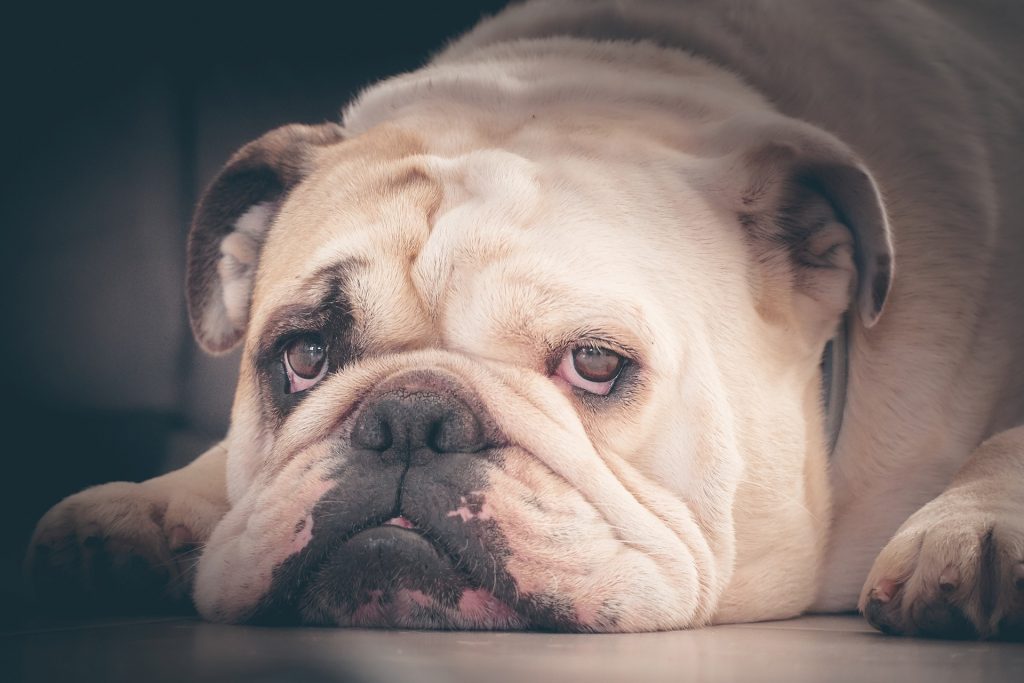
Helping Your Puppy With Soothing Music:
The simple and easy way to treat your puppy with music is by turning the music on, or by turning the radio on. Choose the music you like the most. It is seen that pets respond best to the music their master enjoys. And, that’s because of the amazing bond they share.
The same thing happens to your pup.
When you tend to play your favorite music genre often, your pet connects the sound of the music and your presence. Hence, playing the same piece of music in your absence will remind them of you. The therapy greatly helps in easing problems like anxiety from a separation.
Music with a steady, slow rhythm helps to calm irritated puppies. Also, this kind of music helps your pet calm their muscles and increase the range of motion. It takes a mere 15 to 20 minutes for the music to have a relaxing effect. Most puppies enjoy classical music or Mozart.
Ballad-type music, nature sounds, soft jazz, southwest music along with flutes, or new age music can relax your agitated pet. Ensure that the music is melodic, and the tempo slow and even. You can play the music whenever you feel your pup is in distress.
You can even play music all day long and keep them calm.
To energize your puppy, turn up the volume. Moderate music with driving beats can energize your pet’s emotions and encourage them to lift depression and exercise. With rock music, you can even get your pet’s tail moving. Play for at least 15 to 20 minutes and get your puppy in the right mood.
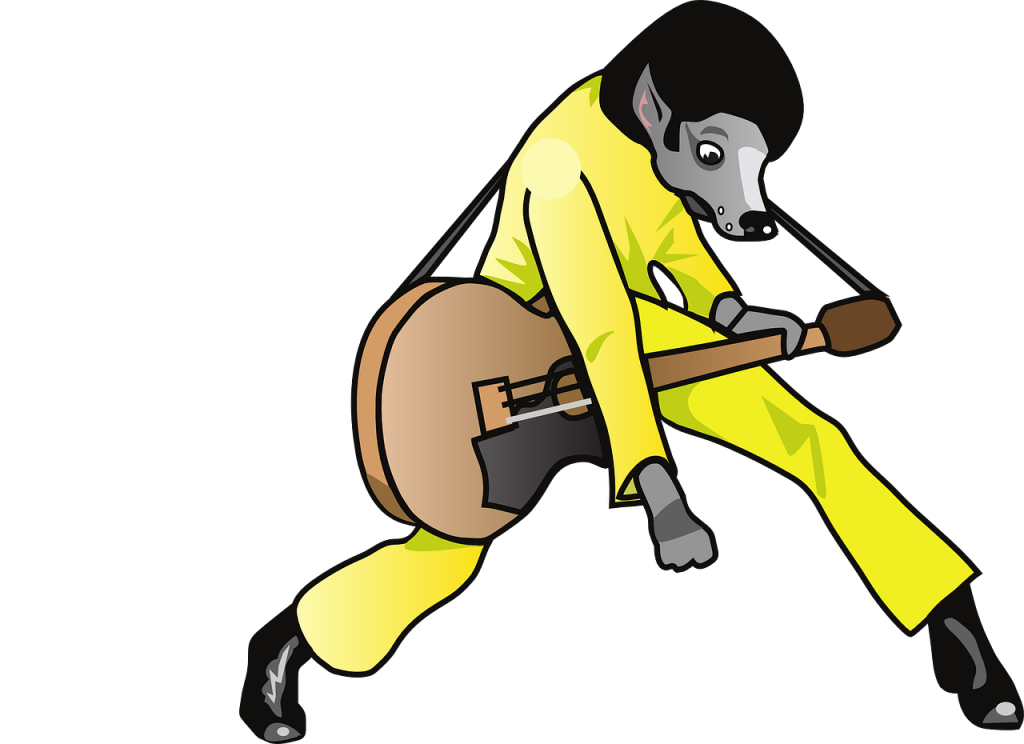
Using Relaxing Music to Help Reduce Excessive Barking:
When you find your pet barking at random noises outside the home, you can turn on the music to help mask outer noise. It is normal for dogs to bark whenever they hear noises from outside. Noise masking can be an amazing management tool.
That way, you can significantly reduce the amount of barking your puppy does while they are alone, or during the night when everyone is asleep. This is something you and your neighbors will cherish.
Use Relaxing Music to Make Your Puppy Familiar With the Scary Sounds:
For puppies who fear certain noises like fireworks and thunder, or going through an anxious period, you may need to work with a licensed dog trainer to start a counterconditioning plan. But, for puppies who are yet to show signs of fear and anxiety, it is worthy to introduce them to noises and sounds in a positive way.
That way, it can help prevent noise phobia or other forms of anxiety from growing. Although there are lots of therapies and training sessions for eliminating such risks. But, the best way is to inculcate a habit of listening to relaxing puppy music. This is perhaps one of the best treatment to prevent anxiety disorder.
Conclusion:
Playing relaxing puppy music regularly can help your pet to identify the sound alongside your comforting presence. Even when your puppy isn’t suffering from anxiety, music can help when you need to step outside your home.
How to Train Your Dog to Poop Outside
When you bring a pet dog home, you have to expend a lot of effort and time to adjust the routine of your pup to its new surroundings in your house. One of the biggest problems new puppy owners face is potty training their pup. At the beginning most will tend to poop inside the house….where else are they to go?
They know no better…
New owners will scour the internet high and low searching for solutions to this most common problem. They want to know why the puppy won’t poop outside on its own accord. Thus, we have done you a little favor and compiled some tips that will help you train your pet to poop outside of the house.
Once and for all…
Know Your Breed Requirements
If you are dealing with a pet like the puppies, you have to know details about the breed. Some breeds are larger. They have more capacity to store the poop as compared to the small breed.
It means that larger breeds need to go to poop less frequently as compared to the smaller ones. In the case of small breeds, the capacity to retain the poop is less so the frequency of pooping is higher. If you want your puppies to poop outside, you have to know the frequency of the specific breed.
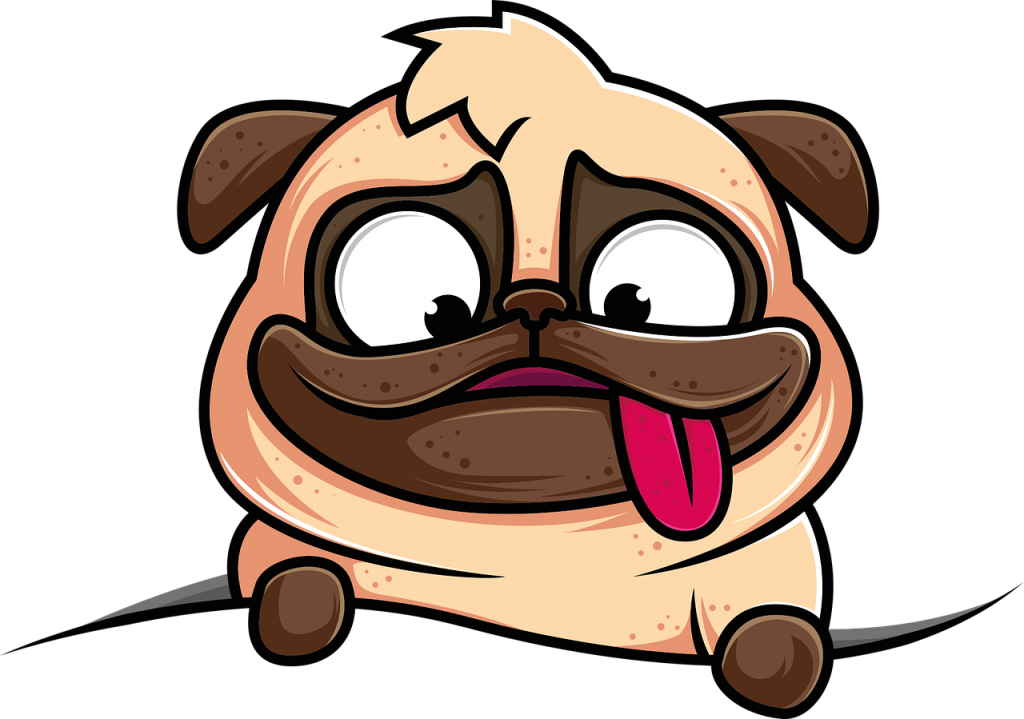
Understanding The Early Signs
When the puppies are new to our house, they will have a problem pooping outside the home. As he is learning about the new home, you have to learn about their behavior. Most of them will give some signs before doing their work.
Some dogs will start barking while others start sniffing. It is an indication that our puppy has to go to do its business.
When you see him acting in a particular way, you can take him out of your house. You can use the same routine till he is trained to do it by himself. It is easy to understand the early signs in them. The adult dogs can hide these signs if they want.
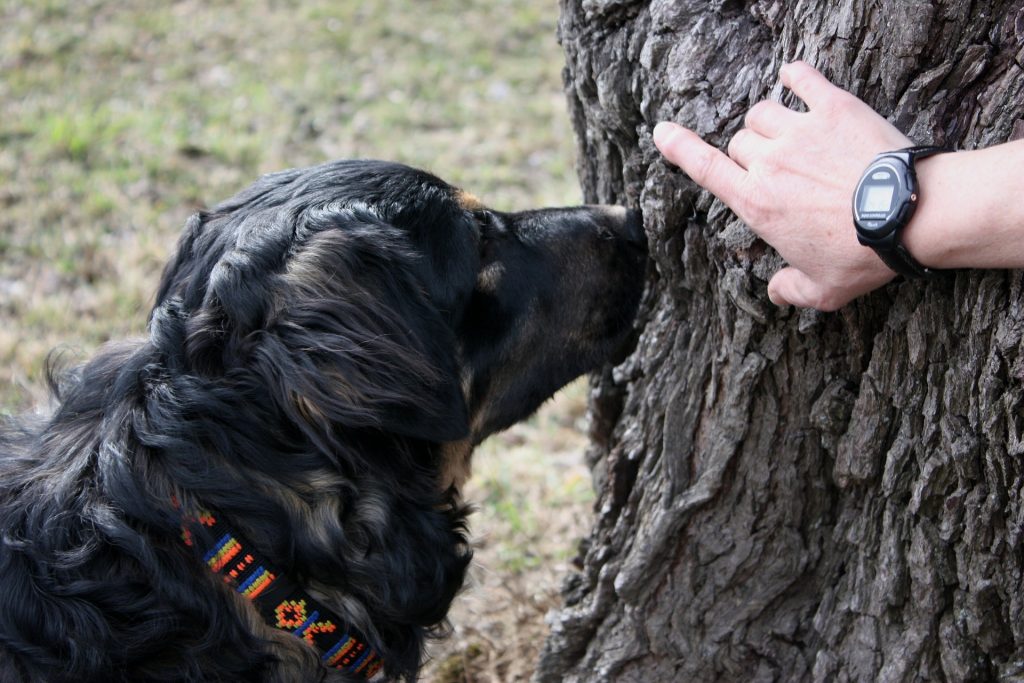
Define the Potty Zone
Dogs act according to certain behaviors. If the pet poops or urinates at a place, it is an act of marking the area. If you have fixed a place for pooping, the puppies will come there regularly because they are attracted to the smell of their urine. They want to urinate at the same location every time.
You can use the behavioral study technique to know if your pet is looking to poop. Once you take him out of your house, choose a place so the dog can use that place. The place mustn’t be reachable to other dogs. They will remember the area as a bathroom once you have made them follow the routine.
Having Patience With Your Puppy
Patience is the key to training the puppies. You may need to take your puppy out of your home for a long time. It can take up to two weeks for the dogs to adjust to a new routine. You are going to see the results after some time.
At the start, you only have to give full efforts to train them. Some people take the pet out of your house for a few days and lose hope after that. It is not the right thing because you have to keep a consistent routine to train your dog to go out of the house.
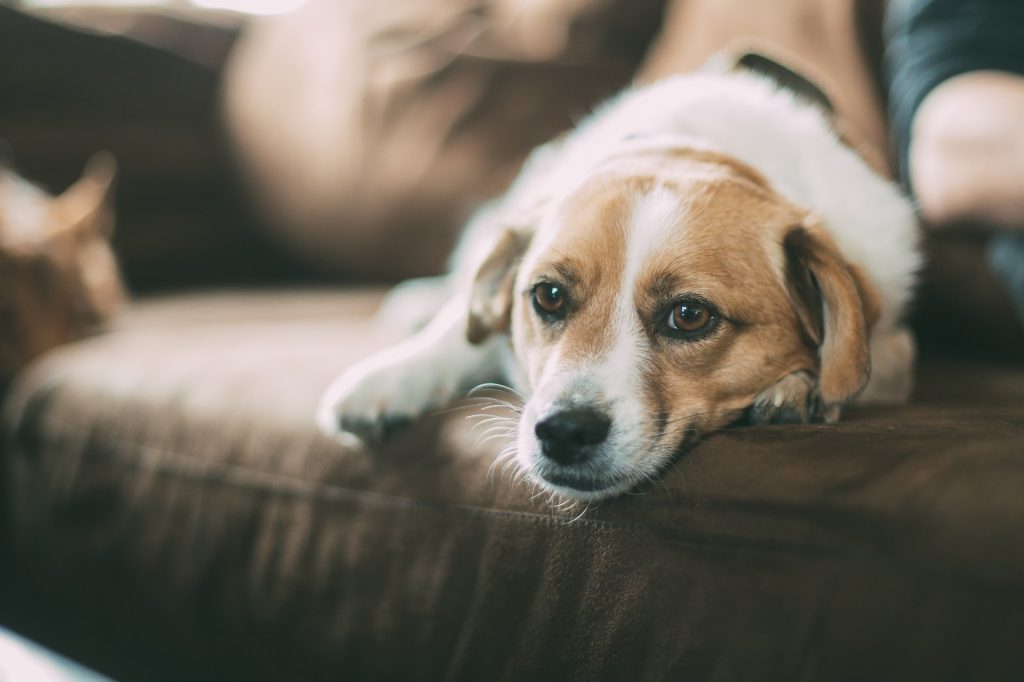
Fix a Routine
Routine is everything in a dog’s life. If you want your puppies to behave well, you should fix a time for everything. It is better to fix the time for eating. You can give several meals per day for the dog. The timing for each meal should be fixed.
When you fix the time for eating and exercising, the time of booking will adjust automatically. Most of the dogs defecate within an hour of taking their food. Fixing the routine will help you make your puppy defecate outside.
Use Sound Commands
Some techniques allow animals to focus on one thing quickly. Using the sound command is one of these techniques. When you want your puppy to go outside and defecate, you can use a voice command like go. You must use the same voice command regularly.
The puppies will associate the command with going out of the house and defecating. You can combine the method of behavior monitoring with the sound command. You can check when the dog is behaving in a way that he needs to defecate. You can use voice command at that time so he can go outside.
Make Corrections
Some puppies are difficult to handle. You might be consistent in training but you are not seeing any progress so far. The puppy is not pooping outside as required. You have to make corrections now. You have to observe his behavior.
When he is defecating inside the home, you can make a sharp noise like the clap. After that, you should take the dog outside of the house. When you are training your dog, you must avoid using harsh techniques. If you will force your puppy, he will hide from you while pooping. It can lead to a bigger mess.
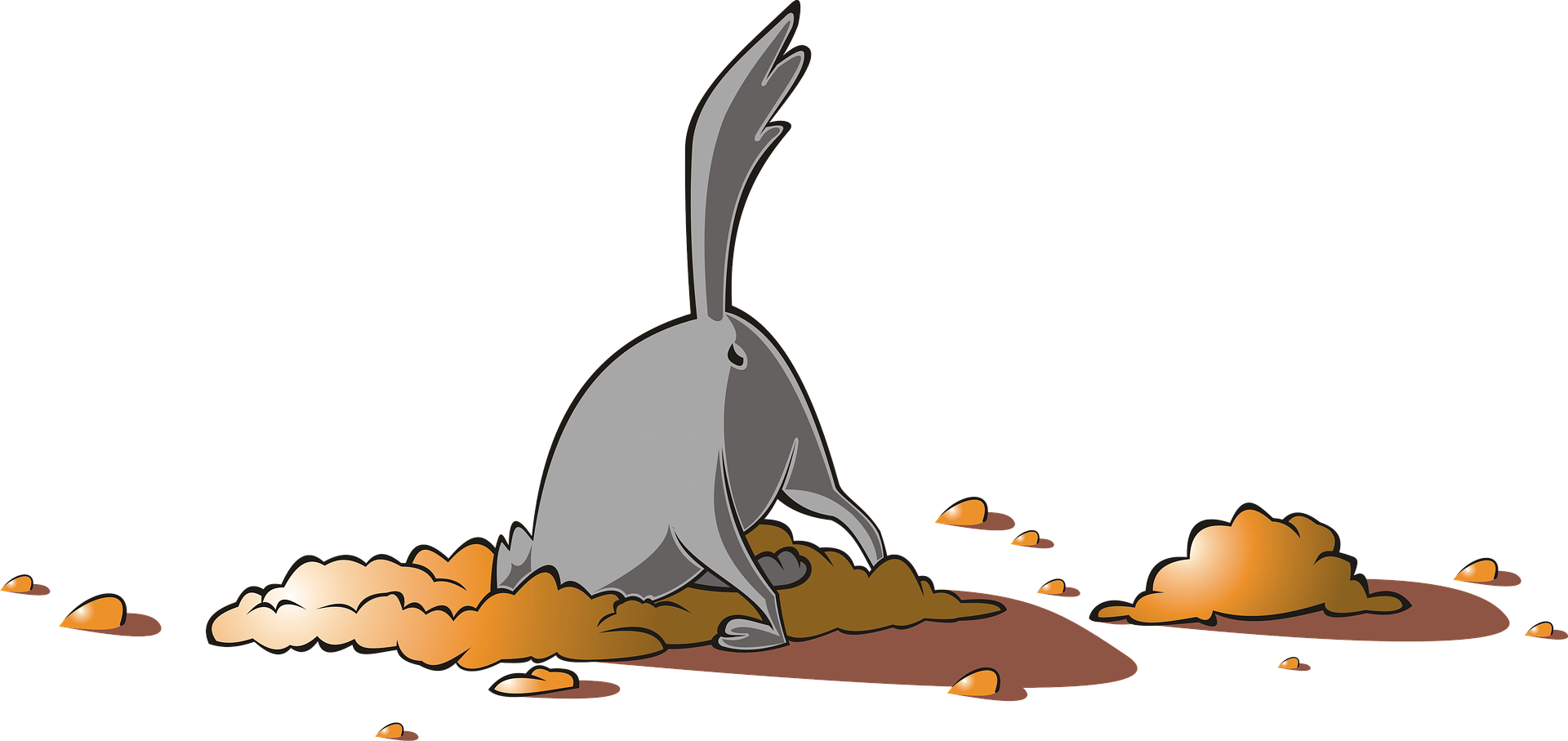
Avoid Potty Accidents
Most of the puppies are going to have potty accidents now and then. It is fine when you are training a dog. It is not acceptable to have potty accidents when the dog is fully trained. You can avoid these accidents by examining the behavior of your pets.
Mostly, these accidents happen due to disease or stress. If you know your puppy, you can understand the condition. It will help you avoid potty accidents.
Reward Good Behavior
Rewarding good behavior is a way of training your puppies. If you give the sound command to go outside and the puppy follows that command, you should reward him with his favorite treat. You should fix a treat that you can give every time if the dog goes outside to defecate.
It can be a piece of meat or small biscuits. Rewarding good behavior is as important as stopping your dog from bad behavior. People give toys to the puppies when they go to poop out of the house. It is also a fine way or rewarding your pet.
Choosing The Best Puppy Pad Training Spray: Complete Guide
Having a puppy is one of the best feelings that you can get.
First of all, congrats on becoming a pet parent!
Secondly, you have to make sure that the puppy feels best and at utmost comfort in your house.
They are the most faithful, loyal, and friendly pets who can be trained easily. Among all the training, puppy potty training can be the hardest. If you have puppy pads already and thinking about how to make the train to pee or poop there, then you are not alone here.
Many puppy owners worry about the same. The perfect solution for this is the best puppy pad training spray. To know more about how to choose the best spray and how they can be beneficial to your pups, read on!
Why Use The Spray?
The pad training spray is a temporary solution for training the pups to know the exact location for potty and pee. Potty training is one of the most important parts of training your pups. You have to make sure that they know the right place where they should poop or pee.
Puppy pads are the best way to train your puppies because:
- They are cleaner than using the litter boxes
- These can soak up all the urine
- It is easier to throw the trash without creating a mess
- Some pads can also eliminate the odor
But how will you make your pup’s pee or potty on those pads? You can get the best training sprays that are available to make your pups attracted towards the pads for potty and pee. These training sprays can be used indoor as well as outdoor.
Here are some of the reasons for using the puppy pad training spray:
Reason 1: Avoid Urine and Potty Smell
If your pup is not well-trained, then it will tend to urine anywhere they want or feel like. Dog urine can leave a yellowish stain or spot on the floor and wall. Along with that, it can also emit an intolerable odor all over the house.
In order to avoid that, you have to make your pup choose the right spot i.e. the puppy pads for urinating. This will help you to avoid the urine and potty smell in the house.
Reason 2: Clean and Mess-Free
Having a puppy and a clean or mess-free house is like a dream! You will know it if you have a pup. To make sure that you have a completely clean and mess-free environment in your house, use the pad training spray.
These sprays will help you to attract your pup in the specific area over the pad to poop or to pee. Hence, your pup will not poop or pee in other places around your house.
Reason 3: Perfect For Potty Training
The most important reason for using the pad training spray is to train your pup for pooping and peeing on the pad. If you keep the puppy pad and ask the puppy to pee or poop on it whenever it is needed, they will not understand it. You have to make sure that they get attracted to that puppy pad.
Using these sprays will help them to get attracted to those pads and pee or poop on them. This spray is perfect for training as your puppies will know the spot where they should pee or poop. Once they get accustomed to the system, they will naturally go over to the pads whenever needed.
Reason 4: Safe For Puppies
You can rely on the puppy pad training spray without worrying at all! Most of the sprays are safe for the puppies. These sprays can create a smell similar to that of the soil and grass that can attract the puppies easily.
This will help you to train them efficiently to choose the right spot or place for peeing and pooping. They are formulated with safe ingredients that are completely puppy-friendly.
How to Choose the Best Spray?
There are many options available online from where you can pick the best and most efficient pad training spray for puppies. In order to choose the best spray, you have to consider some of the important factors.
These are:
-
Right Formula:
You have to make sure that the puppy pad training spray you choose has the best formula which can successfully encourage the pets to eliminate where you want them to do it. The formulas can vary from one spray to another.
But you have to make sure that the formula is safe as well as useful for attracting the dogs. Not all formulas are helpful. So, make the decision wisely checking all the reviews and detailed formulation.
-
Easy to use
You need to select a spray that is easy to use anywhere and everywhere. It is also better to choose a spray which is travel friendly. So, you can carry the spray anywhere you are going to make your pup eliminate in the specific area that you want.
Convenience, definitely, plays a very important part. Make sure that the spray you choose doesn’t emit too much or too less amount while spraying.
-
Sustainable and Safe Ingredients
Before buying the pad training spray for your puppy, it is very important to check the ingredients’ list. The ingredients must be safe and sustainable in nature. Hence, it will be safe for the animals as well as for the environment around you.
There are many cruelty-free, eco-free and sustainable sprays available in the market that can be quite useful to you.
Choose the right spray with the preferred net amount. The size and the bottles can vary but the spray pump must be convenient for you to use.
Conclusion
Puppy training can get easier and stress-free with this puppy pad training spray. All you have to do is to buy the best spray and spray it on the puppy pads. Once the puppy uses the right place to eliminate, reward them with a treat.
Continue this for a few weeks and months unless and until your pup is well-trained for urinating and pooping. You can also carry these sprays with you while traveling or even when you take your pup for a walk to spray on the particular spots where you want them to eliminate the waste.
Things To Consider Before Buying Puppy Bumpers
The saying goes “dogs are a man’s best friend”. This statement could not be any truer. They are indeed there for us no matter what. No matter what is happening in your life, you can always count on your pup giving you unconditional affection, love, and protection.
If you have a puppy and are worried about what will happen if they escape through a fence or railing, then you should know you are not the only one. Many dog parents go through this problem.
So, what is the solution to this problem?
Well, puppy bumpers will be the best choice for you here. They can help to keep dogs on the safe side of the fence and prevent any unfortunate accidents.
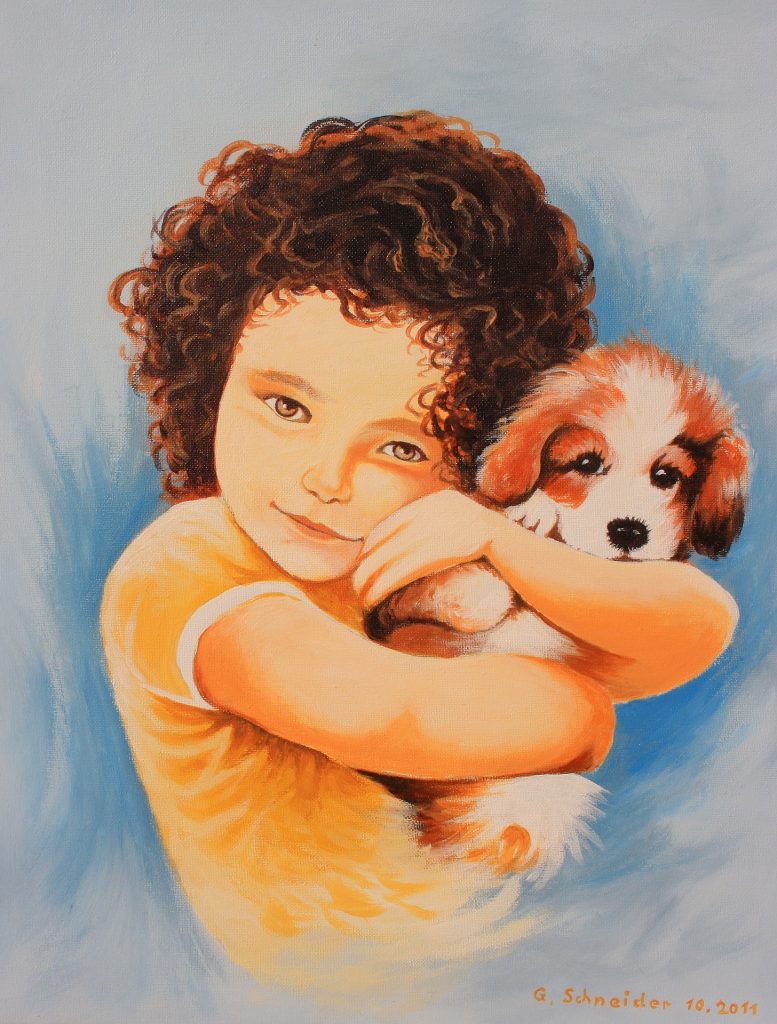
There are many things you need to consider before buying one. To make your life easier, here everything you need to know before buying it for your pup has been mentioned. So, do read on to know more:
Things to consider before buying puppy bumper
Here are some important factors that you should keep in mind to ensure you are buying the best bumper for your dog:
- Dog’s Breed
When buying this item, your dog’s breed is the first of several things that you need to consider. Different breeds come in different sizes and different fur types. The right bumper will be able to prevent them from enduring discomfort.
It will also make sure that fur loss does not take place in the neck area. A small breed dog will not outgrow it. A big breed, on the other hand, will outgrow it. Thus, in such a case, you need to find one that can be adjustable.
- Durable
If your pup is active and often stick their head out the fence or railings, then a poorly made one will not be able to last long in such a condition. Thus, before buying it, do make sure that it is made with durable materials.
Go for brands that pay attention to details. The stitching should be impeccable. The puppy bumpers are made up of different materials. Research well about the material of your choosing to ensure it is long-lasting. Read customers’ reviews and the information on the packaging to know for sure.
- Types of Material
They are made with many different materials like nylon, polyester, leather, water-resistant materials. You need to understand which material is best for your little pup. Make sure you know what the implications are for every type of material you have the option of choosing.
If your dog does not like heavy materials like leather, then it is best to stay away from them. In most cases, a pup cannot hold the weight of heavy materials and it restricts them from playing and being active. So, when shopping for it, do make sure that the material is lightweight, and will suit your little doggy.
- Design
Besides being durable and lightweight, you also need to ensure that the design is easy to put on your doggy.
There are many brands that make easy to put on puppy bumpers that stay on no matter how active your pup is. Your dog will be wearing it when they are not supervised. So, choose a design that does not harm your dog in any way.
The design besides being safe to wear needs to be comfortable to wear as well.
- Size
In order for the bumper to be the best fit for your doggy, the size needs to be correct. Check the size of your pup’s neck before you shop for one. For this, you have to measure the pup’s neck where its collar rests naturally.
To get the correct size, you need to put one of your fingers between the dog’s neck and the measuring tape. This will ensure that it is not too tight. They are usually available in three different sizes and they are up to 10-inches, 10 to 13-inches, and 13 to 16-inches.
- Maintenance
When looking for puppy bumpers, make sure that they are easy to maintain. It should be easy to clean. Fortunately, there are many which are made with materials that are washable. In fact, there are some that are even washing machine-friendly.
Choosing an easy to clean one will ensure that you can re-use it as many times as possible.
- Aesthetic
They come in an array of colors and prints. As they come in many different styles, you have the option to choose something the suits your personality or your pup’s personality. From floral prints to quirky designs to vibrant colors, the options are almost limitless.
Choose according to your preference.
- Additional feature
There are many brands that provide additional snap. You might need additional snap in it if your pup is less than 4-pounds. Additional snap can also help in cases when the smallest size is still too big for him/her. You can contact the manufacturer and they will add it for you.
Besides, there are many other features of puppy bumpers like specially made with unique fabric including glow-in-the-dark materials. One of the best manufacturers can provide for you with this.
Frequently Asked Questions
Can I leave it on all the time?
If you are choosing one that is lightweight and comfortable to wear, then you can leave it on all the time. However, here it should be mentioned that it is not often suggested to leave puppy bumpers on when he/she is under supervision. It hurts their training process.
Will my dog wear it?
Puppy bumpers usually come with ribbon loops through which you slip in the collar and then secure it on your doggy. If you choose a lightweight material and design, then it will sit behind the pup’s head perfectly and will not bother him/her.
They do not restrict their movement unlike e-collars, so there is a high chance that your dog will not reject it.
Will it stay in place?
Inside the neck hole, there are generally ribbon loops into which the collar goes in. If you securely tie the collar, it will not move around and stay in place. Thus, it is important to buy a collar and goes well with the bumper.
Besides, you have the option to add in additional snaps that will make sure that it does not move around.
These were some important things that you need to keep in mind when buying puppy bumpers. So, what are you still waiting for? Get one for your little pup today!
Perfect Puppy in 7 Days
So you just got a new furry friend who is absolutely adorable, lovable, and sometimes plain obnoxious, so you are trying to figure out how to train your puppy. Maybe your problem is crate training, or maybe your puppy simply will not stop barking all day long, even while you are on that very important conference call.
Whatever the problem is, puppy training problems can leave you feeling frustrated and impatient, which does not help you or your dog.
Whether your friend recommended it or you stumbled across it online, Perfect Puppy in 7 Days by Dr. Sophia Yin, but it sounds too good to be true. Can the book really help you fix your training nightmares in seven days? By the end of this article, you will have an answer to that exact question, and you will know whether or not you are ready to go out and buy the book.
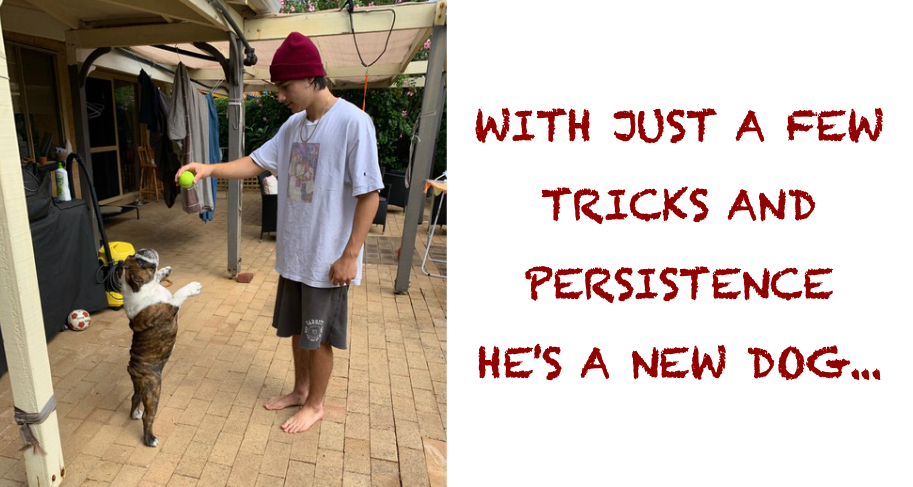
What is the Book?
Before we can address whether or not the book actually works, we need to lay out what the book is promising to do. Understanding that will help you view the book with a more open mind.
While it is unlikely that you will end the week with the perfect pup, the book will lay out Dr. Yin’s plan for teaching and training your puppy really quickly, and you may find that you are able to teach your furry friend a lot in just one week. In the book, Dr. Yin talks through personal training stories, lays out step by step instructions for training, and even provides you with tons of pictures so you can see just how the training is supposed to go.
This training book includes things like potty training, social skills, and other important life skills that your puppy needs to have, especially as she or he begins to get bigger in size and in strength.
Who is Perfect Puppy in 7 Days For?
While you might enjoy the read if you are a seasoned dog owner who has raised and trained many dogs before, the book is not really designed for you. Perfect Puppy in 7 Days is really designed to go back to the basics to help explain to someone how they can train their dog to deal with different problems like potty training; if you are a seasoned dog owner and trainer, some of the processes that Dr. Yin goes over in the book may seem rather basic or common sense to you.
This includes things like the fact that you need to establish leadership and how your dog’s vision is different from yours.
 Does it Work?
Does it Work?
The first disclaimer is that there will probably never be one single dog training method that everyone can agree about and use, so just because a method works for other people does not mean it will work for you.
However, of course, more positive feedback tends to mean success and Perfect Puppy in Seven Days has lots of really positive feedback from a wide variety of established (and less established) sources, so it is safe to say that if you use her methods correctly, you will probably start to see some sort of progress with your dog.
One of the methods that Dr. Yin swears by in the book is called tethering, and it is actually used by a lot of different trainers.
Tethering is all about how to teach your dog to spend time in the same room as you and other family members without requiring constant attention.
This could involve teaching them how to go to their own space and take a nap, providing them with toys and bones that they can use by themselves, etc. Tethering and many of her other training techniques are very successful. Remember, as you apply these techniques, you should see a lot of improvement in your puppy within a week.
You will quite possibly end up shocked at just how much your dog can learn in a single week, but that does not mean he or she will become the perfect puppy.
Puppies will always be puppies, which means that sometimes they will run around, make messes, get into things that you do not want them to get into, and make noise no matter what you do to try to make it all stop. And believe it or not, when the puppy stage is over, you may find yourself missing the adorable chaos.
 What Are the Different Parts
What Are the Different Parts
The book is separated into seven main parts, which were then broken down further into subcategories. The chapters are broken down as follows:
- Chapter one is all about the very, very early stages of your puppy’s life, starting with the neonatal stage. In this chapter, she talks about things like a brand new puppy’s vision, how the puppy needs to be introduced to other puppies and people, and how you can help your dog learn to walk on different surfaces.
- Chapter two really lays out the basics of training and answers any concerns you might have going in. Yin addresses things like when it is safe to start training your puppy and whether or not it is okay to wait to give your dog more time to adjust.
- Chapter three is all about preparing for training (or if at all possible receiving) your puppy. Yin goes over the different things you need and what you can just leave at the store.
- Chapter four tackles potty training, the bain of many dog parents’ existence, and it also goes over crate training, so your dog does not endlessly whine while inside.
- Chapter five covers tethering and precisely how you do that using her step by step instructions.
- Chapter six is all about socializing your puppy, which is really important if you want him or her to be okay around other dogs when older.
- Chapter seven, the last chapter, pretty much covers all the other odds and ends that a puppy owner might need.
Best Pet Food Choices for Puppies
Having a growing puppy means that you will need to opt for some high-quality pet food choices. From the myriad of available options, including chicken, lamb, and salmon, owners should look for the type of nutritional choice that will make their young friend feel healthy and full at all times.
So, what are the best pet food choices for puppies?
Puppies are generally, in need of high amounts of protein and amino acids compared to older dogs. They also require more fatty acids, and vitamins in order to develop a healthy body.
In order to ensure that your precious pet receives all the necessary ingredients and reaches his full growth potential, you really need to opt for quality products specifically designed for puppies.
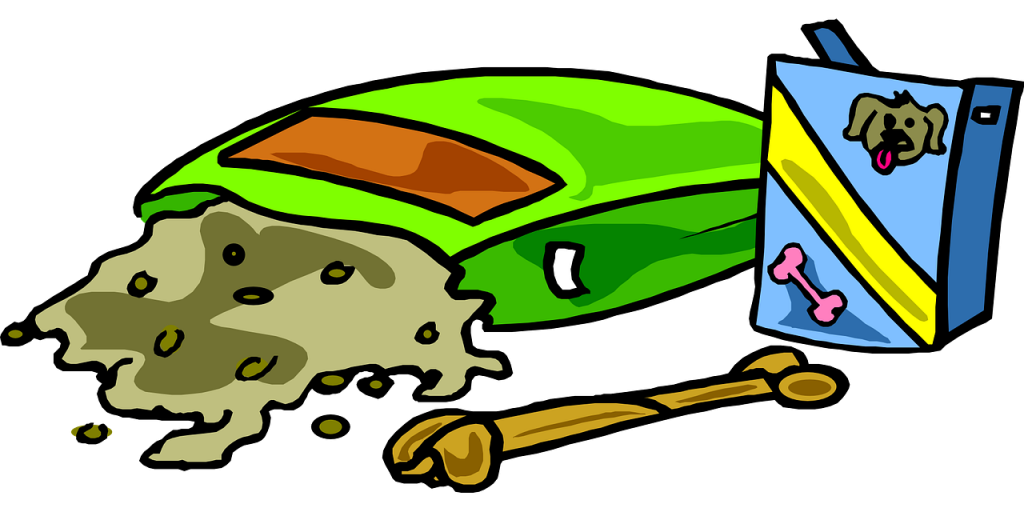
Wilderness Puppy Chicken Dog Food by Blue Buffalo
This doggie snack option is full of high-quality protein promising to satisfy your pet’s cravings for meat at all times. The product provides the body with all the necessary nutrients, like fatty acids and vitamins.
In fact, Wilderness Puppy Chicken Dog Food contains a mixture of antioxidants, minerals, and vitamins that work together to strengthen the immune system. It is grain-free and no corn, soy, or artificial flavors are included in the final product.
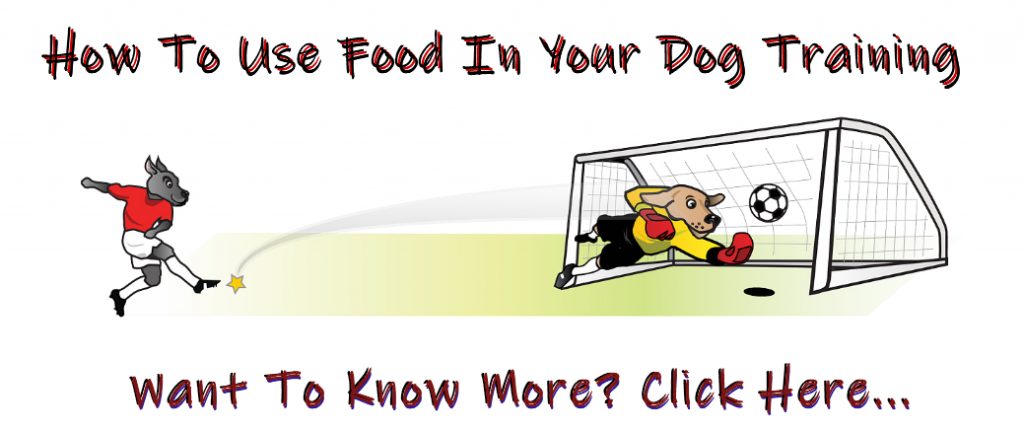 High PRAIRIE Puppy Formula by Taste of the Wild
High PRAIRIE Puppy Formula by Taste of the Wild
Taste of the Wild has a long history in the field of pet foods. Their latest High PRAIRIE Puppy formula is a great option since it combines a long ingredient list with a great taste. Formulated with proteins contained in buffalo and bison, this product also contains sweet potatoes and dried chicory root for healthy digestion.
Added vitamins, minerals omega-6 fatty acids are part of the recipe, as well. No grain, corn, filler, or preservatives are included in this product and that makes it a healthy and safe pet food option for all the little canines out there.
Superfoods with Chicken, Turkey and Brown Rice by Hungry Bark
A truly meaty meal that will make your little friend all too eager to taste it, this Superfoods option by Hungry Bark is a nutritional and tasty choice. With 27% protein composition and enriched with probiotics, this formula is ideal for puppies of all ages.
Apart from the perfect blend of meats, this pet snack choice also contains some healthy grains, including brown rice, oat groats, and millet. Hungry Bark is an environmental-friendly company with years of experience in the food manufacturing world.
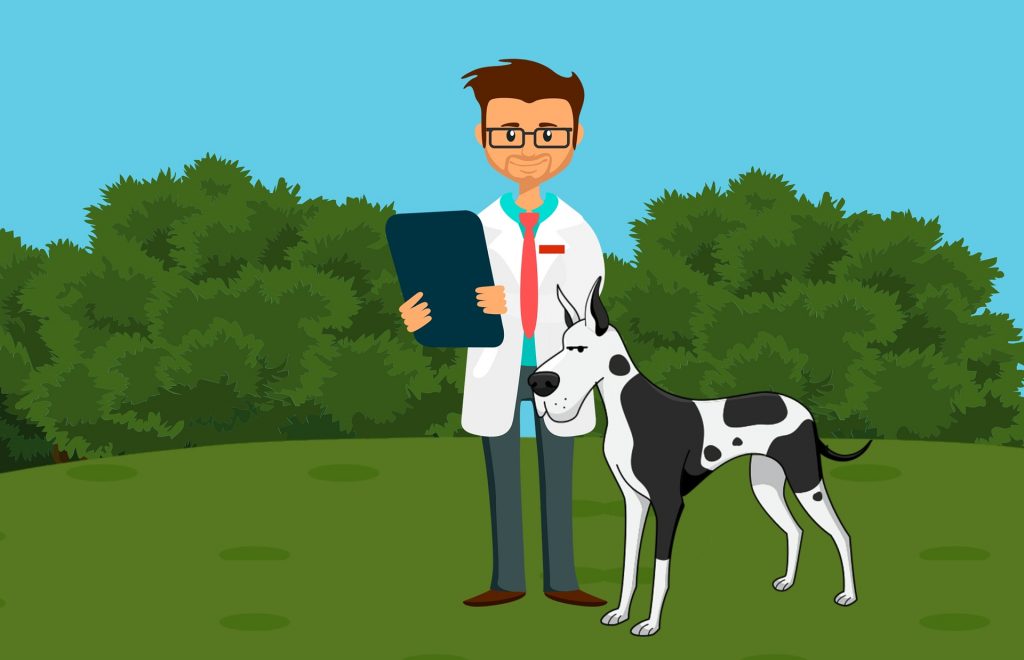
Wholesome Essentials Large Breed Puppy by Nutro
A portion of a great dry dog snack on the market produced by Nutro, this product is suitable for young puppies of all breeds, specifically larger ones. This superfood contains an optimal combination of ingredients, including calcium, glucosamine, and omega-3 fatty acids. It can support the health of your puppy’s joints and help them build strong bones.
The main ingredient of this good option is farm-raised chicken that possesses a unique flavor. A series of nutritional fruits and vegetables are also part of this food product. Most importantly, the formula is made with non-GMO ingredients and that guarantees that your lovely pet will receive a healthy and natural source of important compounds on a daily basis.
Puppy Shredded Blend Chicken and Rice by Purina Pro Plan
Based on two really important ingredients “chicken and rice” Puppy Shredded Blend by Purina Pro Plan offer your pet a great dietary solution. It is a great source of carbohydrates and its delicious nature will make your pet crave for a taste of it regularly.
Tender shredded pieces guarantee that even small puppies will be able to consume it with ease. Enriched with fishy oils and antioxidants, Purina Pro Plan has managed to create a product that promises to help puppies build strong teeth, muscles, and bones, along with providing brain and vision development, as well.
Grain-Free Pure Foundations Puppy Formula by CANIDAE
A simple, tasty, and extremely nutritional formula that makes up a great food pet option for your lovely puppies. Free from fillers, grain, soy, or corn and with real-farmed chicken as the main ingredient, this choice is perfect for puppies of different breeds and ages.
The final product contains several key ingredients, like salmon oil, zinc, vitamin D3, Biotin, and dried egg. All of those compounds promise to help your little friend grow quickly and turn into a healthy adult.
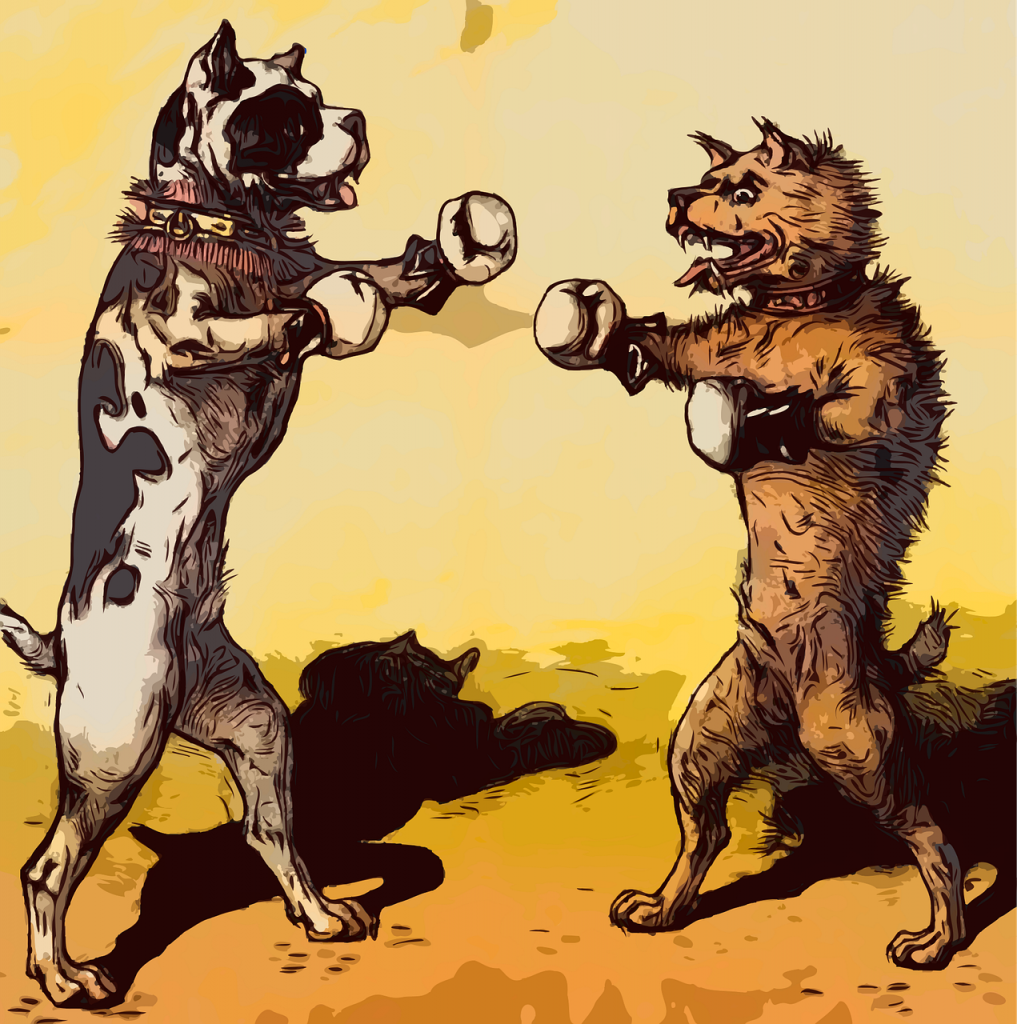
Dry Dog Food for Puppies by Wag
Enriched with 36% of high-quality protein, Wag has made sure that your puppies receive the maximum of nutrients, all-inclusive in a tasty formula. The main active ingredient of this pet choice is American chicken and no added grains or wheat is contained.
Apart from chicken, this formula also includes multiple vitamins- and mineral-rich vegetables, including peas and lentils. This pet food is full of healthy fatty acids, received from natural sources, like salmon oil and flaxseed, as well.
Overall, it is a great choice for every little dog out there thanks to its tasty nature and positive impact on the puppy’s health.
Organix Organic Puppy Recipe by Castor and Pollux
Organix Organic Puppy Recipe was designed with efficacy in mind. It contains all the necessary nutrients that’ll help your young doggie grow into a healthy and strong adult dog. A blend of superfoods, all organic in nature makes up this great food option.
Blueberries, coconut oil, and flaxseed are the major ingredients, but the formula includes chicken and sweet potato in sufficient portions, as well. Being an organic option means that you will not have to worry about the presence of preservatives, pesticides, synthetic fertilizers, or similar chemical compounds.
Organix Organic Puppy Recipe is USDA certified that it is truly fully organic.
It is true that puppies normally have some specific nutritional needs, quite different from those of adult dogs. That is why special notice should be given to the type of food you offer your tiny friend.
A high-quality and tasty product, full of vital nutritional ingredients, including vitamins, minerals, and with a high protein content will make your little canine strong and ready to turn into a healthy adult.
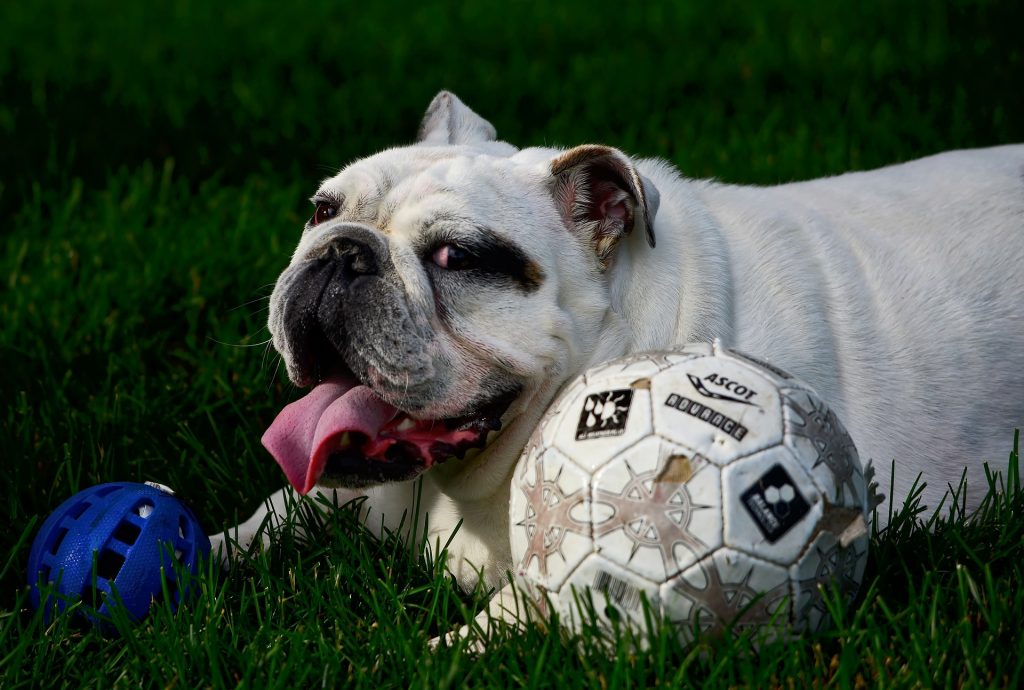
6 Week Old Puppy Training
Having a puppy at home is no less than a reward. These cute, little fur creatures fill your life with so much love and happiness. But if you want your puppy to grow up into a well-mannered dog, you need to start training it from a tender age.
Usually, puppy training includes housebreaking, potty training, behavioral training, etc. Once your dog reaches adulthood, it becomes very challenging to train him. He’ll not be able to grasp the new tricks in the same way a puppy does.
So, it’s always better to train your puppies at a young age. However, if your puppy is only 6 weeks old, it would be too early to train him.
Usually, 7 weeks is considered to be an ideal age to start puppy training. But don’t be disappointed, there are some great training tips that will be very useful for a little puppy. These will prepare him for the training he’s going to receive and will help him to learn the things early.
But again, don’t keep your expectations high, give your pup some time to learn and educate himself. This article is all about the same, so without any further ado, let’s begin!
Housebreaking A 6-Week Old Puppy
The first part of our 6-week old puppy training guide is housebreaking. While this is a bit early for housebreaking a pup, you can still try it without expecting a lot from your pup.
Generally, little pups can’t hold their pee for more than 3 hours. The rule is, a small pup can hold his urine at a rate of one hour per month of his age. So, if you want to train him, you should take him for a short walk every hour, preferably outdoors where he can release his urine.
This will give him an idea that he should go out for urinating. Again, don’t expect him to fully housebroken. Also, if you forget to take him out and if he’s not able to hold his urine for longer, be ready to clean the mess.
Don’t blame the poor pooch for this behavior, be patient as he’ll learn the things slowly. Also, if your pup doesn’t have any house accidents for straight 4 months, you can consider him house trained.
As a general rule of thumb, each time your puppy fails, the 4-month rule gets renewed. So, keep teaching your puppy and he’ll soon be a good boy.
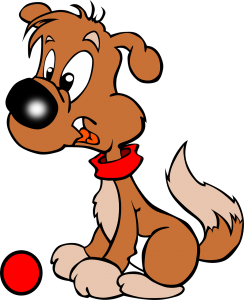
Useful Potty Training Tips For 6 Week Old Puppy
Potty training is one of the biggest challenges faced by pet owners, especially when they have very little puppy at home. First and the most important thing is, you have to stay patient with small pups as they are in very tender age and will take time to learn.
If they have a house accident, don’t yell at them or punish them, it will be too inhuman. They are just like human babies, you’ve to treat them with love and care.
Coming back to potty training, a good idea is to create a very comfortable and clean living space or a “den” for your little pet and train him to stay there. The reason behind this is the nature of dogs, they don’t prefer soiling their beautiful den.
So, prepare a crate with a comfortable blanket and a couple of soft toys and place your pooch into it and pet him very nicely while introducing him to his new place. A good idea will be to treat him once he’s inside his crate.
Put him in this crate multiple times during a day and follow by loads of petting and praising. The best duration for keeping a puppy in a crate during his training period is about two hours. In this way, he will learn that the crate is his “den” and hence, will not make it dirty.
Now, to establish a potty routine, take your puppy out of his crate every two hours and take him for a walk. Here are some useful potty training tips you can follow :
- Take your pup for a walk immediately after he wakes up in the morning, during the day, and after his meals.
- Take your out on a potty tour before his bedtime.
- Avoid feeding him a few hours before his bedtime and also limit the water intake.
- Make sure to leash your pup while taking him out for a potty break and don’t leave him alone while he takes a dump. Instead, praise him every time he poops outside. This will give him an idea that he’s doing the right thing and thus, he’ll continue doing so.
- Hang some bells on your puppy’s crate or the door handle and ring them whenever you take him out for a potty break. Your puppy will learn to ring these bells whenever he feels like having a potty break. For this purpose, hang the bells at a low height so that he can easily ring them using his paws or face.
- Use the same door for taking him out to potty every time.
- Take to the same spot for potty so that your pup learns that it is a potty area.
- Praise your fur baby and treat him whenever he does the right job.
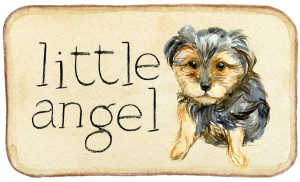
So, this was all about the housebreaking and potty training a 6-week old puppy. As far as the basic training is concerned, try teaching good habits to your pup through verbal commands and treat him every time he learns something new.
For more in-depth training, you have to wait a little longer till he completes his 7 weeks. Till then, you can try the above-mentioned tips and tricks.
Also, note that a puppy has a very short attention span just like a human baby. So, don’t try to teach several things at a time otherwise he will not be able to remember anything. A good idea is to teach one thing at a time, multiple times a day followed by a reward or treat for successful completion.
Be patient and train your pet with loads of love and most importantly patience without expecting too much!
Puppy Teething Ring: A Toy for Chomping On
A puppy loves to chew. Therefore, give them something good for their teeth. A good puppy teething ring can give your pet chews and help reduce tartar, plague, and even bad breath. To keep your pet’s teeth and gums healthy, you must include dental chews.
When puppies experience teething, they would chomp on anything that comes within their range. Providing puppy teething rings gives your pet something soothing and safe to chomp on. Also, that’s more appealing than your favorite shoes.
A puppy teething ring helps them stay engaged, active, and out of trouble.
What Are Puppy Teething Rings?
Puppies need to chew. That’s because it satisfies their needs during teething. However, beyond that period, they continue their chewing activity. So, satisfy your young companion’s natural need to chew and soothe the sore gums with teething rings.
These are round-shaped chewable toys specifically designed to meet the chewing needs of your puppy.
Some of these rings have added flavor that your puppy may find irresistible. The rings have calcium to support your pet’s teeth and bones. Unlike traditional toys made of plastic or rubber, these teething rings don’t damage your pup’s immature teeth.
How Teething Rings Can Help Your Puppy?
Puppies tend to lose their teeth and enters the teething process quite similar to human babies. It means, your puppy has to go through a transition phase. It’s an uncomfortable period. Teething rings are designed to numb soreness and reduce irritation.
The rings are unique and made of soft chewable materials that won’t harm your pet. As your puppy matures, you can give them something harder and tougher. But, when they are young, stick to teething rings. It is good for their sensitive gums.
What Are The Benefits Of Teething Rings?
The benefits of providing teething rings to your puppy outweigh their costs. Here are some of them.
- When you buy your pet appropriate teething rings, it saves your door frames, shoes, pillows, furniture, etc.
- Puppy teething rings help to establish a positive habit because they tend to chew beyond their teething periods
- These rings are edible and digestible specially made for all kind of puppies
- If your puppy is having teeth pain and sore gums, the teething rings help in relieving them with a gentle massaging action
- With irresistible flavor, your puppy would chew these rings instead of furniture or shoes
- Most importantly, they are free from any kind of rubber, nylon, or plastic. Teething rings are crafted with calcium to support teeth health and optimal bone
- Teething rings promote skin health and healthy brain
When Is The Best Time To Introduce Teething Rings To Your Puppy?
Baby teeth erupt when puppies reach 4 weeks of age. Now, that’s not a normal time that puppies may need toys. Between weeks 4 and 12, the deciduous (or, baby) teeth starts to erupt. During this stage, most puppies won’t need teething toys.
During this stage, puppies are weaned from their mother and shifted to puppy food.
Although the tiny teeth are sharp, they aren’t very strong. And, they can be damaged if the puppy has access to toys meant for older dogs. Between 12 and 24 weeks, many of the baby teeth start to fall off and they are replaced by permanent teeth.
That’s the beginning of the teething activity.
It is the time when puppies have to go through an uncomfortable phase. It’s the most frustrating time both for your pet and you. Therefore, it is important to choose a teething ring for your pet that can help him ease the pain from teething.
Also, the ring helps to keep your household items in good condition.
Puppy teething rings labeled for puppies should be appropriate for the particular breed of your puppy. And, it should have fun while chewing the rings. Teething rings are great for puppies because they have raised nubs on the surface of the toy.
As such, it massages the gums as the puppy plays with it.
These chewable rings are good at this age for your puppy because they are filled with treats. You can even freeze them. That way, the cold sensation helps to numb their gums and give a smooth feeling. Some manufacturers produce teething rings and they are available in a variety of designs and flavors.
When your puppy reaches around week 24, you are done with teething. After the permanent teeth pop up completely, your puppy will be more comfortable. This way, your pet would be less inclined to chew on household items.
Why Your Puppy Would Love The Teething Rings?
When it comes to choosing the right kind of teething toys for your puppy, there would be a lot of questions on your mind. How active is your pet? Do they need more personal space? Will they abstain from chewing these toys? And, many more. However, all these problems could be solved by teething rings.
That’s because your puppy would love them to their core. There are some reasons for it, though. Teething rings are soft toys specially designed for younger puppies who are yet to develop their chewing potentialities.
Any kind of hard materials intended for chewing can bring in a lot of troubles. Teething rings are the best for small breed puppies under 12 weeks.
These toys can deal with puppies suffering from anxiety and need a way out. The teething rings serve as buddies for puppies during sleeping who were taken away from their mother too young. Teething rings are soft, plush toys that won’t harm your beloved pet.
They don’t have loose plastics or dangling ribbons.
Can Teething Rings Hurt Your Puppy?
Because a puppy teething ring is built with soft materials, it won’t cause any kind of harm to your pet’s sensitive teeth and gums. Other toys can cause fractured teeth or puncture the oral cavity of your pup. If swallowed, the problem could be even bigger.
It can lead to life-threatening emergencies. But, with teething rings, you don’t have to worry about these problems.
Conclusion:
Puppy teething rings are a great way to keep your pup from destroying household items. These are good toys for your teething puppy. And, they won’t tear or break easily.
Puppy Socialization Checklist
If you want to have a healthy relationship with your dog, you have to train him at an early stage of life. It is easy to teach the puppies as compared to adult dogs. You can find a lot of checklists online that can help you teach your dog to be ready in all situations.

We have categorized the things into six parts.
Senses
You have to let the puppies understand its senses. One of the first things to experience is bathing. It is better to allow the puppies to accept the bath so he can learn other things as well. Some of them do not like being touched. It is because they have not adequately experienced the sense of touch.
When it comes to teaching your puppies, you can start gradually. The best way is to start massaging at the places where the puppy likes. Gradually, you can increase the exposure by touching the ears, the nose, and the tail. He must become comfortable with you before you can allow others to socialize with him.
People
They can get confused in the presence of new people. Most of them want to protect the owners from any threat. It is the reason they have problems socializing with other people. You can divide the process of socialization with people into four steps.
Introduction
It is the first step. You have to let them understand that the person is not a threat. You can happily meet and greet the person. It is better to keep an eye on the behavior of the dog while you are talking with people you want to introduce. He should become calm before you can start the socializing process.
Let The Puppy Investigate
Every pet has its way to investigate the situation. Some pets will keep looking at the people. Some of them will sniff the person before socializing. You should let them investigate. It may not take more than a minute before he becomes normal.

Let others touch them with you
You can start patting the puppy on the head or the belly. You can ask the other person to do the same. The dog must pass the sensing phase before you start socializing with others. You should keep praising the puppy while you are patting.
Give a Big Treat
If you feel that he has performed well and ready to socialize with other people also, you should give the puppy a big treat. That treat can be a toy that puppy-like or some eatable things.
Places
You can introduce new people to the puppy even when you are at your home. Things can get complicated when different persons start approaching them at a new place. It is important to add a list of places to your puppy socialization checklist.
We should start by selecting calm places. It can include the parks and non-rushy areas. When the puppies have overcome the fear of calm places, you can introduce busy areas like bus stations and busy streets. It is a gradual process. It is not good to hurry in the process.
If the puppies create a fuss in a new place, you need to give him time to adjust to the situation.
Voices and Sounds
You might have seen some puppies that lose control or become afraid when they hear a loud noise. It is fine for them to have a problem with these noises but losing control is unacceptable. You have to familiarise your puppies with different voices and sounds.
They have to understand what a voice or a sound means, to socialize with the surrounding. It is better to let them hear a sound from a far location. The puppies can gradually come near the sound. Some people have a high pitched voice that can agitate them.
Certain places have specific sounds like car horns on a busy road. The dog should adjust according to the situation to stay calm.

Other Animals
When we are going through our puppy socialization checklist, we tend to ignore the animals on the list. If you have not socialized your puppies with the animals like cats, birds, and dogs. It is observed that they remain calm in front of people but they lose control in front of animals.
You should make a list of all the animals in your neighborhood. You have to socialize your dog with all the animals. You have to be careful because dogs can become aggressive and hurt animals. Introducing these experiences slowly is the key to success.
You have to remain in control all the time. You can control the puppy socializing with animals rather than adult dogs. It is better to do it at the initial stage of the puppies life.

When Alone
At the time you are doing all the socializing, you may ignore training your dog to behave well when alone. If you leave your puppy at home alone, he may chew the furniture and damage your house. It is equally important to train your puppy to remain calm when you are not present.
The dog needs to behave in front of other people and animals in your absence. You can ask your friend to help you with this situation. If he learns to behave in front of your friends when you are not present, you can consider it an achievement.
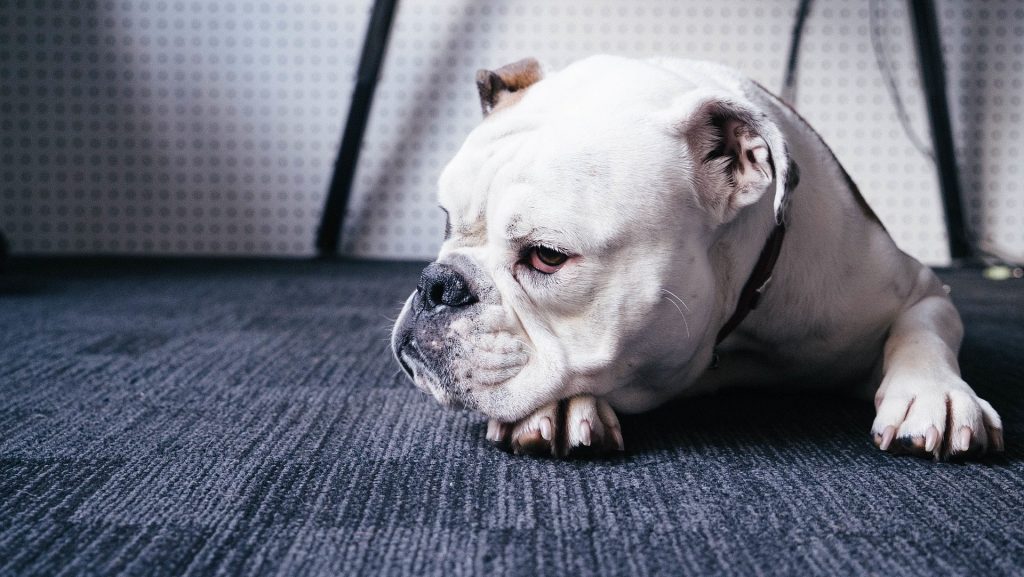
Where to Get the Socializing Checklist
A lot of socializing checklists are available online. You can search on Google and directly go to the Google images to download the checklist.
You will not get a high-resolution image. If you use Google image to download the list, printing the checklist will be difficult.
You can go to the dog training websites and search for the PDF format. Most of the PDF files are printable.
You can keep the printed paper with you all the time when you are training with your dog.
If you get any chance to check a box on the checklist, you should follow the routine of socialization to do it.

